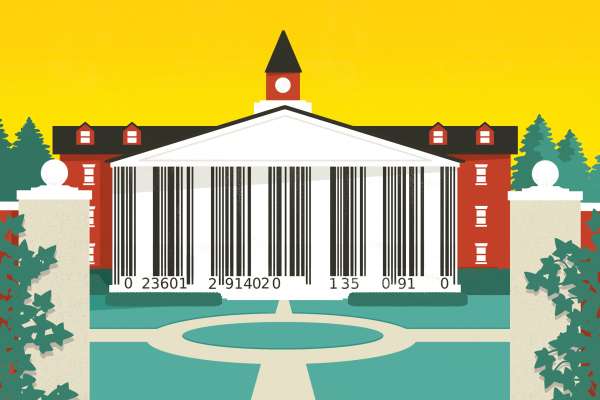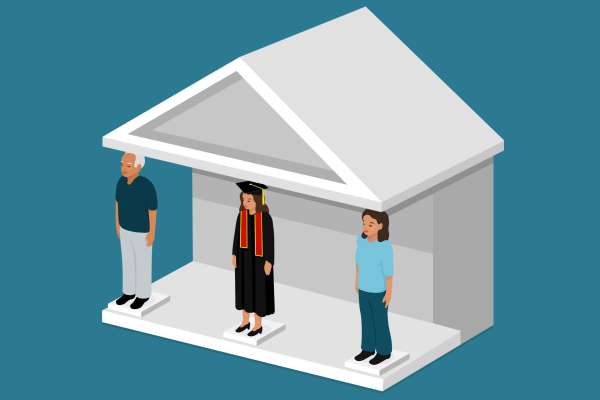Holland, Michigan, is every bit as Dutch as its name implies. Hope College was founded by Protestant Dutch colonists who belonged to the Reformed Church of America. Today, the liberal arts school retains its church affiliation, but it's grown well beyond its pioneer roots.
It offers more than 90 majors, minors and pre-professional programs to over 3,000 undergraduates. The classes are small with a student-to-faculty ratio of 11 to 1, which provides ample opportunity to collaborate and build relationships with professors.
Hope students who want to study abroad can choose from more than 300 programs in over 60 countries, and there’s often no additional tuition or fees. Students wishing to build leadership skills can participate in programs at Hope's Center for Faithful Leadership, which has a minor in leadership designed to be applicable to students of all majors.
The college is at the forefront of dialogue about affordability and accessibility. It implements the Anchored Tuition Pledge — assurance to hold tuition at the same rate for a student’s full time at Hope — and its long-term ambition is for every student to get tuition fully funded up front, then “pay it forward” through donations after they graduate. Earlier this year, Hope hosted the Catalyst Summit in partnership with world-renowned author Malcolm Gladwell for conversations about the initiative, called Hope Forward, as well as “fixing the rising cost of higher education.”
Money estimates that the net price of a Hope degree is around $136,000 not including federal or state aid — but that nearly all students get some sort of grant or scholarship to help with that cost.
The school houses an art museum and a performance venue for concerts and classes, and has a popular visiting writers series that has seen the likes of novelist Tim O’Brien and poet Terrance Hayes.






